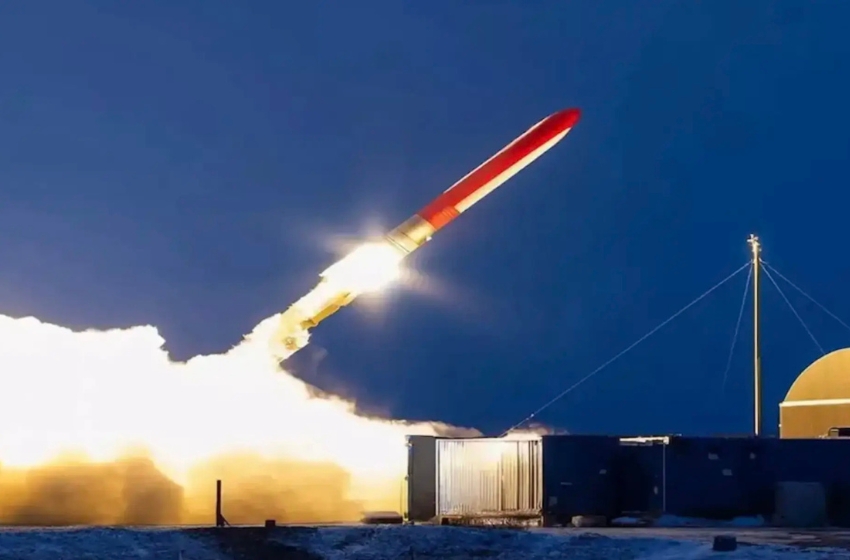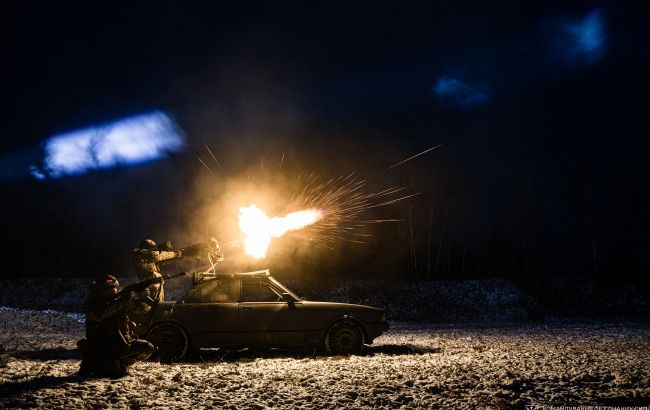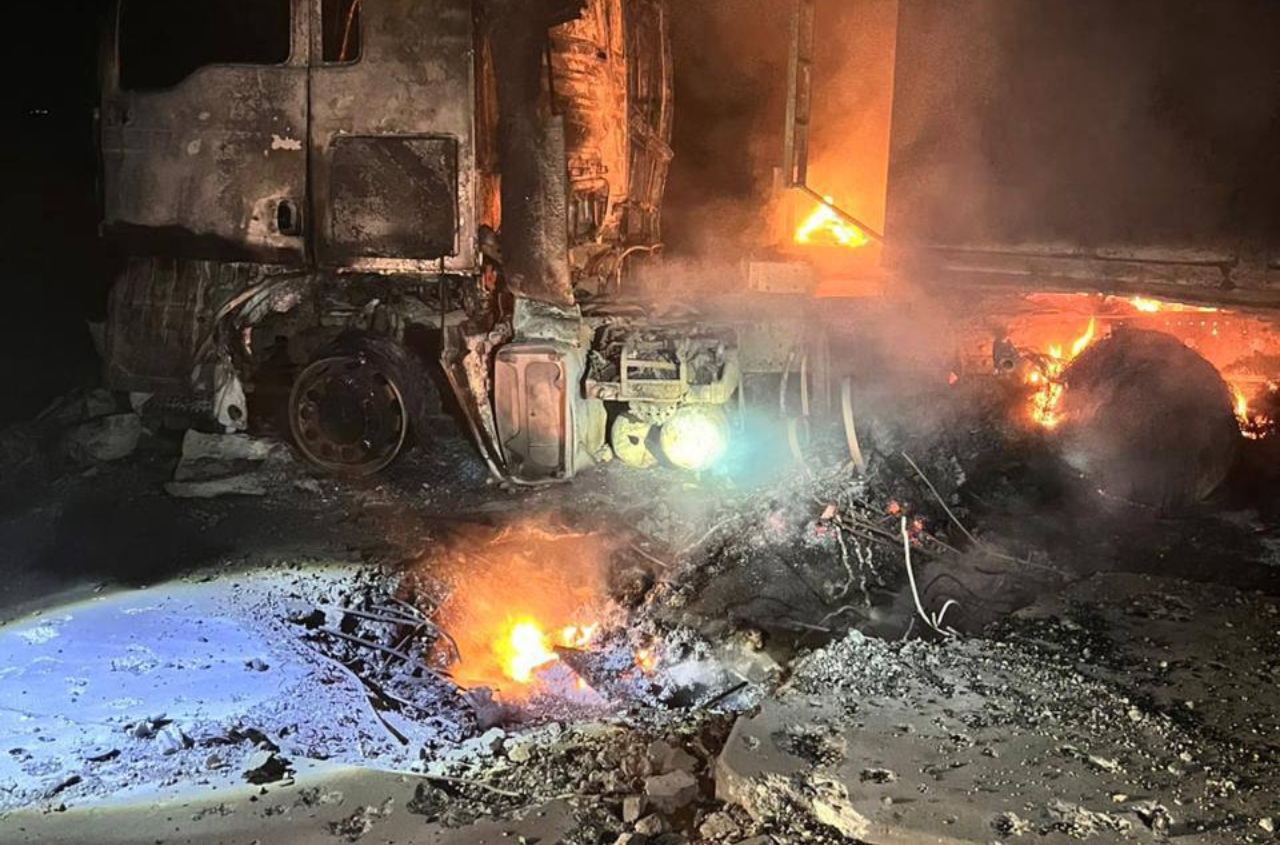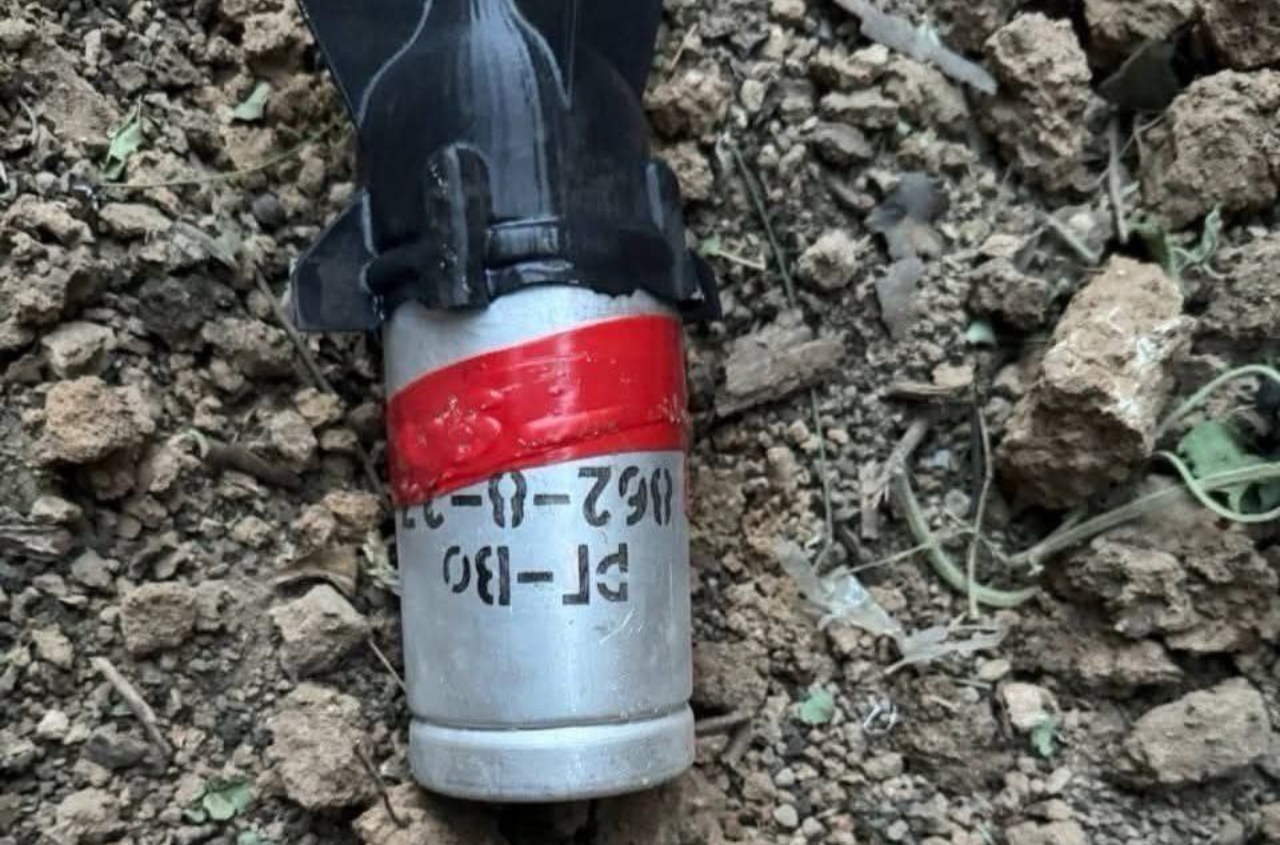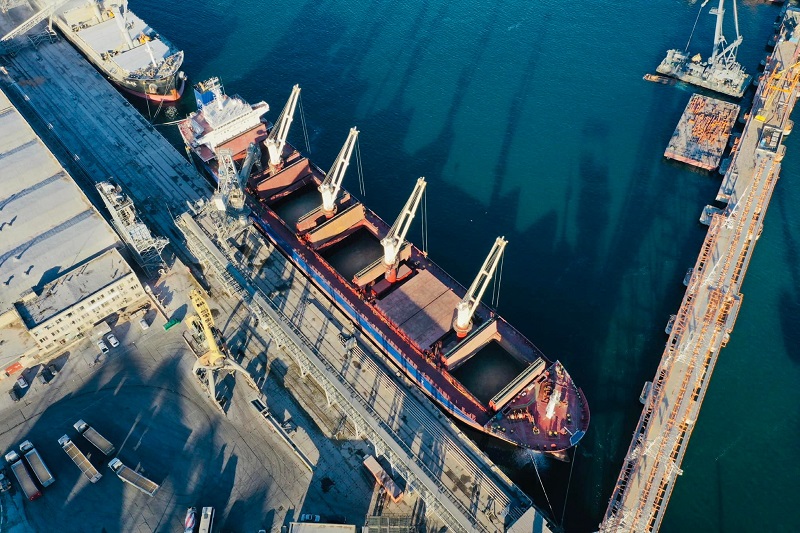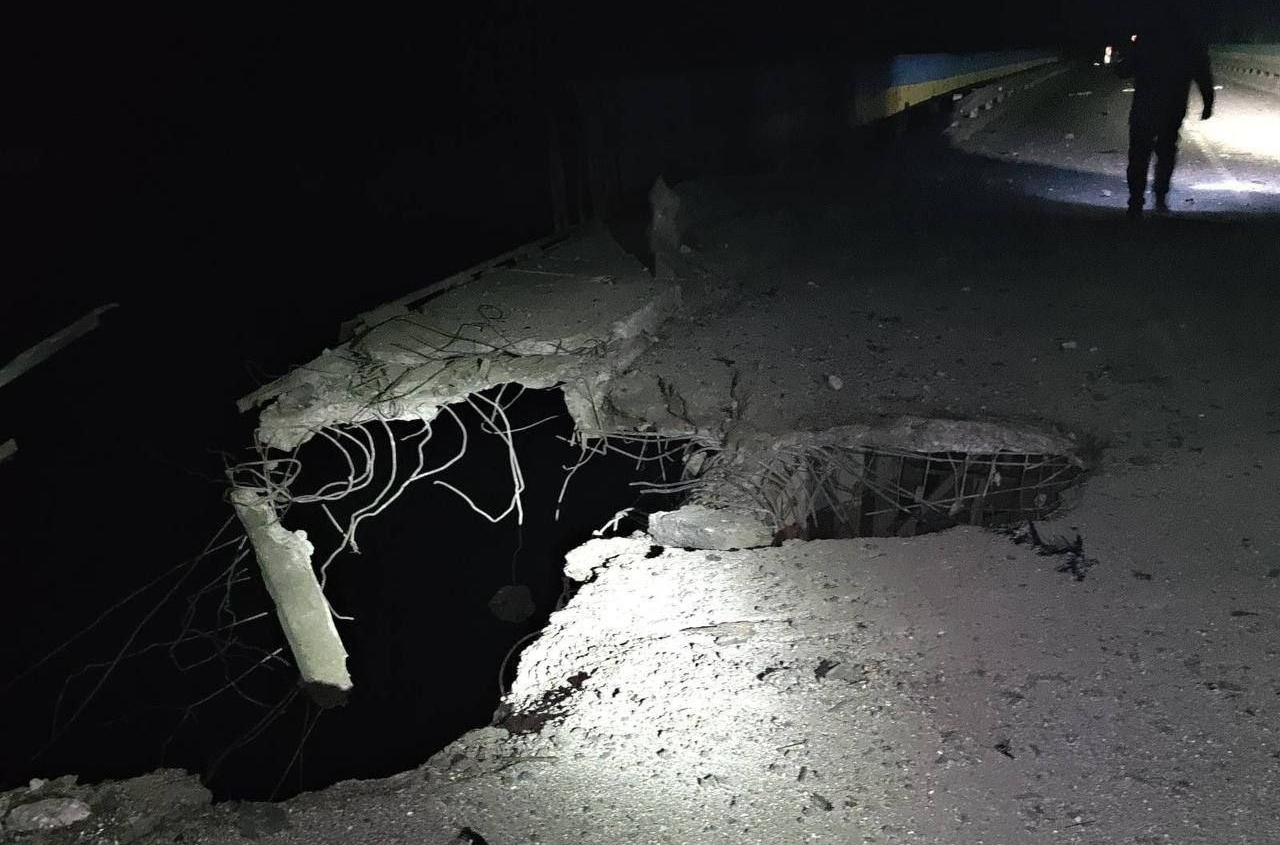Main image: A launch of the Burevestnik nuclear-powered, nuclear-capable cruise missile from the Pankovo test-site at Novaya Zemlya. Photo: Russian Ministry of Defence
The Arctic has once again become a stage for Moscow’s nuclear activity. According to the Barents Observer, it is Russia’s intelligence services—primarily the FSB—that are coordinating the revival of nuclear programs and managing the militarization of the region, including the testing of new weapons systems.
This autumn, Russian state media widely reported on strategic nuclear exercises, tests of cruise missiles with nuclear propulsion, and underwater drones, as well as the construction of a new class of nuclear submarines and calls to resume nuclear testing. All of these activities, journalists note, are taking place in the Arctic and involve entities linked to the FSB.
Thomas Nilsen, editor of the Barents Observer, writes that the Kremlin’s current nuclear strategy has deep roots in the Soviet era. The FSB, like its predecessors—the KGB and NKVD—has been connected to nuclear weapons programs since its inception. It was the head of the NKVD, Lavrentiy Beria, who oversaw the first Soviet atomic bomb project and the construction of secret nuclear cities such as Chelyabinsk-65, Tomsk-7, Krasnoyarsk-26, and Arzamas-16. These cities were under total control of the security services, and the safety of workers and residents was often sacrificed for state interests.
The secrecy that became a hallmark of the Soviet nuclear complex led to dozens of accidents—from the disaster at the Mayak facility and radioactive discharges into the Techa River to submarine accidents in the Northern Fleet, including the K-19, K-27, and K-192. Many damaged reactors were simply dumped into the Kara Sea, and radiation leaks were concealed for decades.
According to the Barents Observer, the continuity between the KGB and the modern FSB remains intact today. The agency maintains close ties with Rosatom and the military, jointly controlling programs for developing new types of weapons. Among them are the Burevestnik nuclear-powered cruise missile and the Poseidon underwater drone. Vladimir Putin has claimed these systems are a response to U.S. missile defense initiatives, but journalists note their development began long before America’s strategy was updated.
Nilsen argues that the Kremlin’s nuclear rhetoric is less about maintaining military balance and more about ensuring the regime’s political survival. Showcasing “doomsday weapons” helps the FSB sustain a siege mentality and justify domestic repression. This strategy, he warns, carries enormous risks and could lead to another nuclear disaster in the Arctic.
He recalls that tragedies have already occurred involving northern nuclear facilities. In 2019, a fire aboard the top-secret submarine Losharik off the Norwegian coast killed 14 officers. A month later, an explosion of the Burevestnik missile in the White Sea caused radioactive contamination and killed five Rosatom employees. Russian authorities denied any leaks, claiming radiation levels “did not exceed the norm”—a statement Nilsen calls another example of official deceit.
According to him, under the control of the FSB and Rosatom, the Arctic has turned into a testing ground for new nuclear systems. History, he warns, may repeat itself: as in the Cold War, an arms race and pervasive secrecy are again creating the conditions for a large-scale catastrophe.
Nilsen concludes that today’s Russian regime is reproducing the Soviet model of governance, in which human safety and lives are sacrificed to political ambition. The FSB’s attempt to maintain power through shows of strength, he writes, could end the same way the last nuclear arms race did—with the collapse of the system itself.









